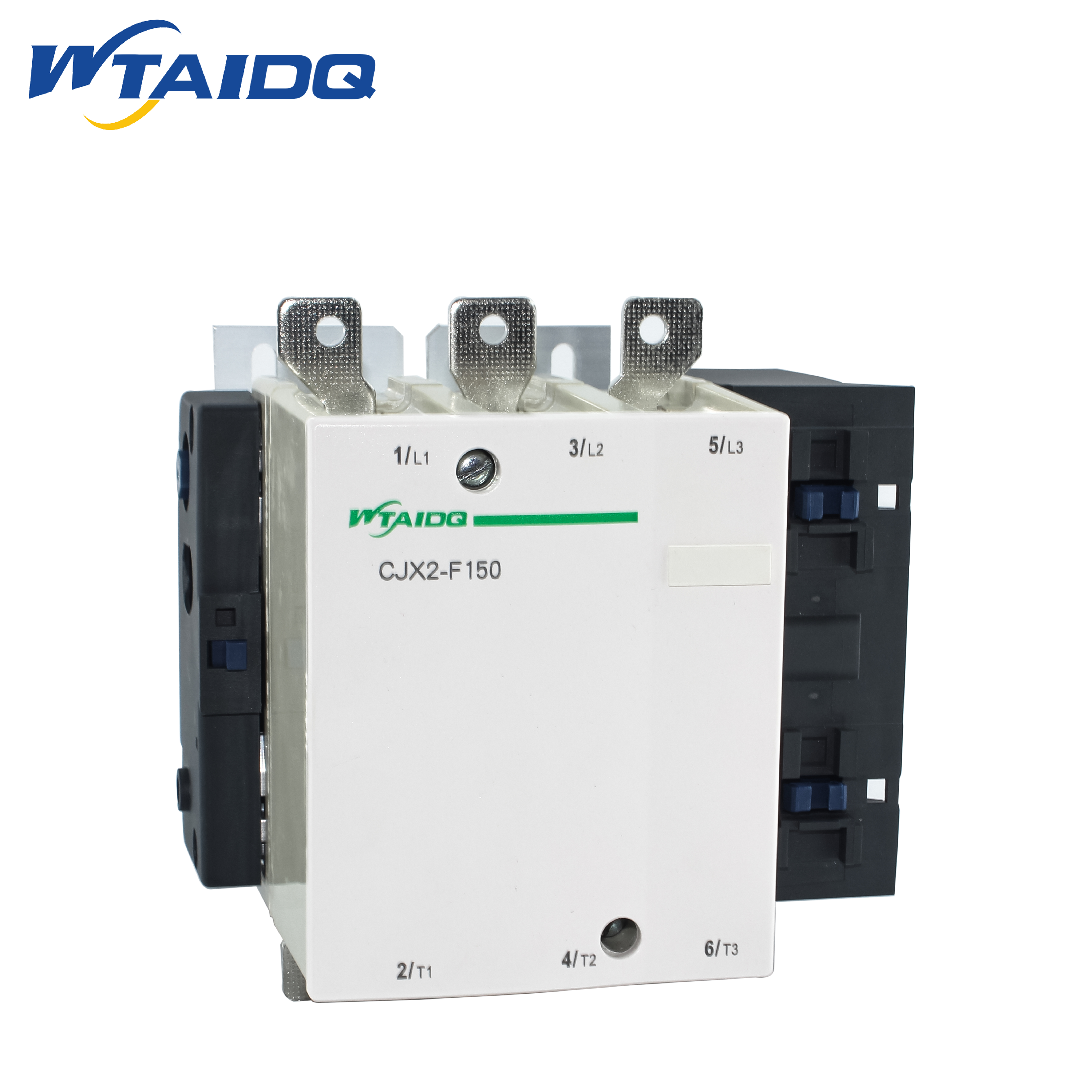AC contactors are an important part of electrical systems and play a vital role in controlling current. Understanding how it works is important for anyone who works with electrical systems or machinery.
The primary function of an AC contactor is to control the flow of current to a load, such as a motor or heating element. It consists of a coil, a set of contacts, and a mechanism for opening and closing these contacts. When the coil is energized, it creates a magnetic field that attracts the contacts, closing the circuit and allowing current to flow to the load. When the coil is de-energized, the contacts open, interrupting the current flow.
The working principle of an AC contactor is based on the interaction between the magnetic field generated by an energized coil and the contacts. When the coil is energized, it creates a magnetic field that pulls the contacts together, closing the circuit. This allows current to flow to the load, allowing it to operate. When the coil is de-energized, the magnetic field disappears and the contacts spring back to their original positions, opening the circuit and stopping power to the load.
AC contactors are designed to handle high currents and high voltages, making them suitable for a variety of industrial and commercial applications. They are commonly used in motor control systems, heating and cooling systems, and other electrical equipment that require reliable and efficient power control.
In summary, understanding how AC contactors work is crucial for anyone working with electrical systems. By understanding how they work, you can ensure the safe and efficient operation of electrical equipment and machinery. AC contactors have the ability to control electrical current and play a vital role in the operation of various electrical systems, making them an essential component in the field of electrical engineering.

Post time: May-22-2024